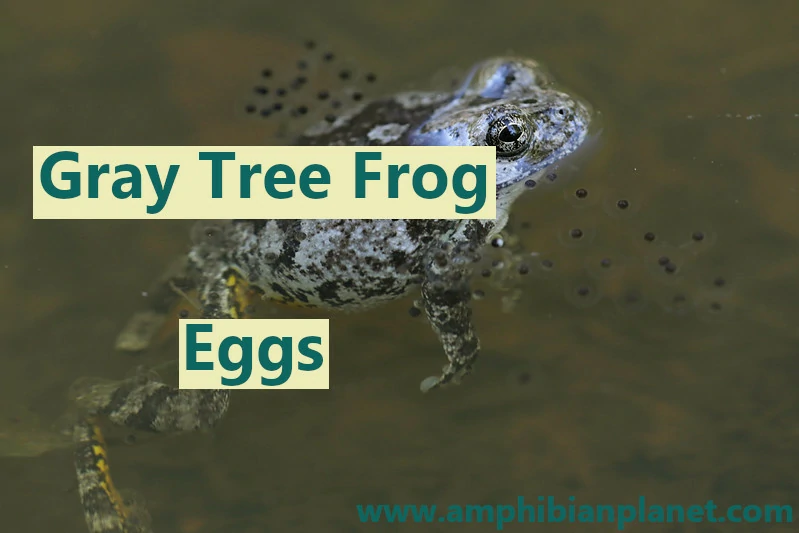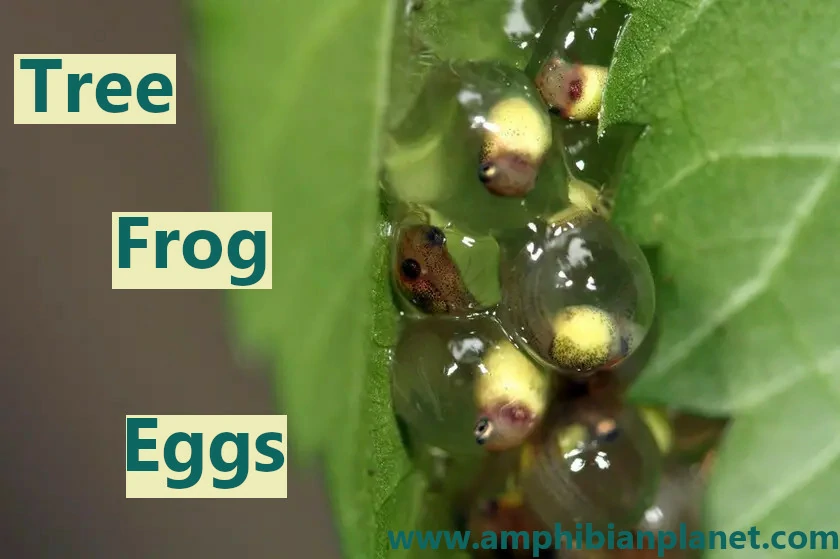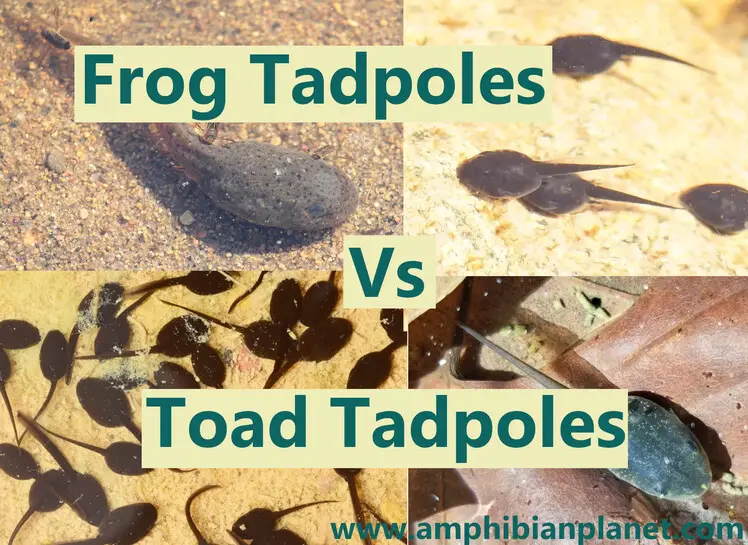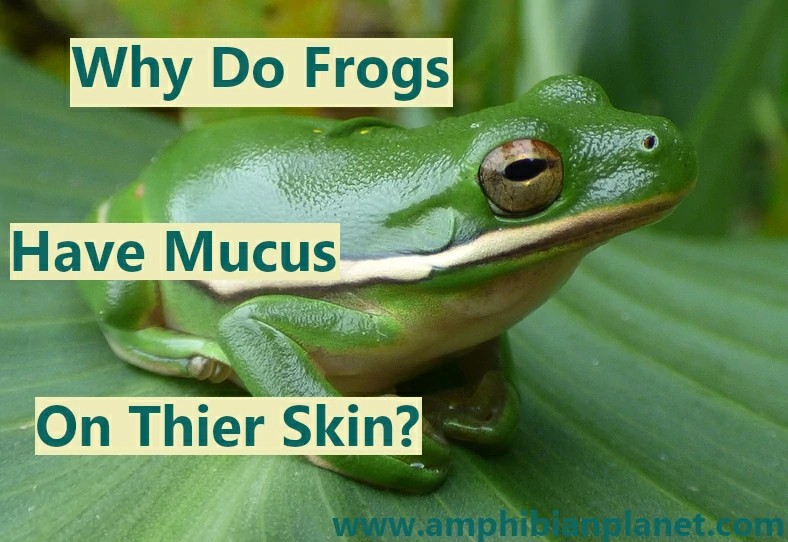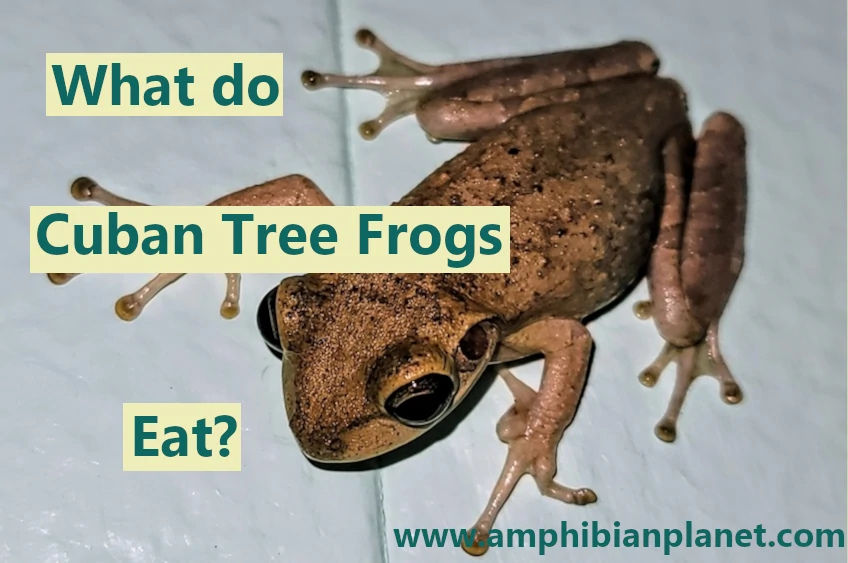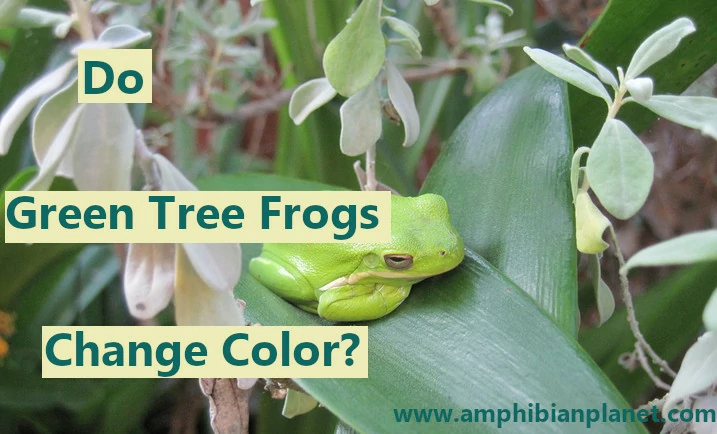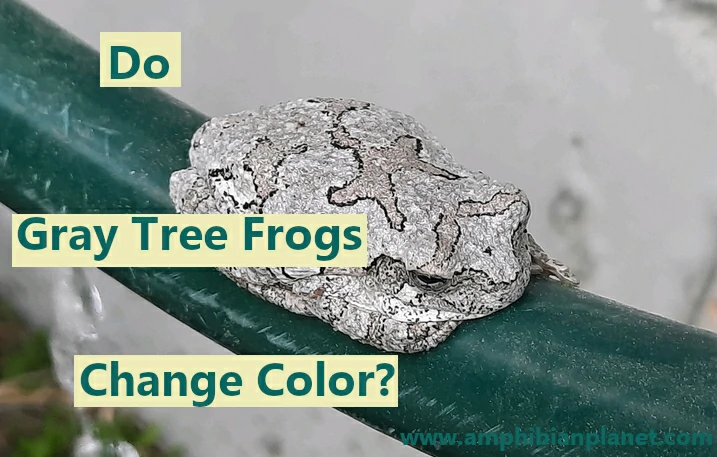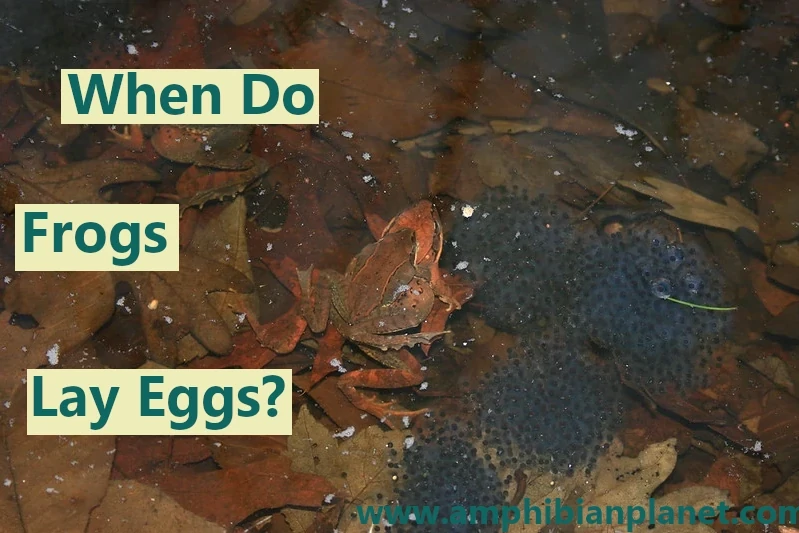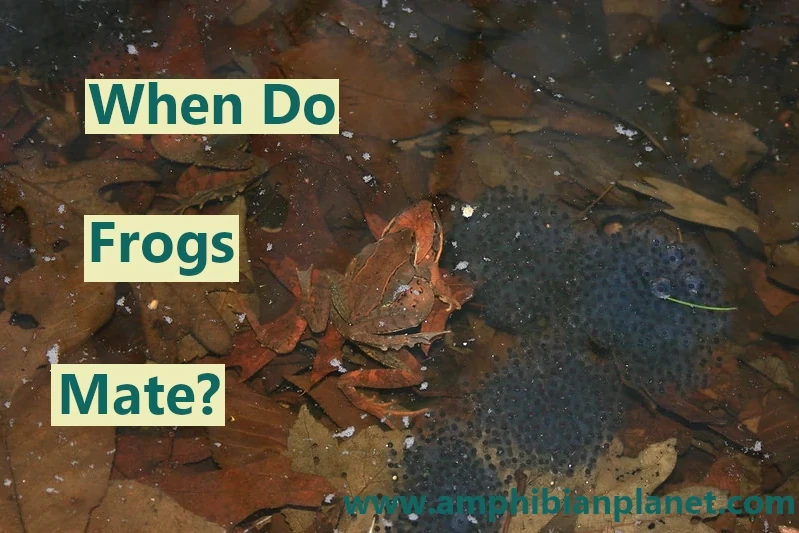Everything You Need To Know About Gray Tree Frog Eggs
Like most frogs, Gray tree frogs (Dryophytes versicolor), reproduce by laying eggs. These eggs are laid in shallow, fish-free freshwater bodies and attached to submerged vegetation near the water’s surface. Like other frog eggs, Gray tree frog eggs do not have a hard outer shell to protect the developing embryos. Rather, each egg has a … Read more

